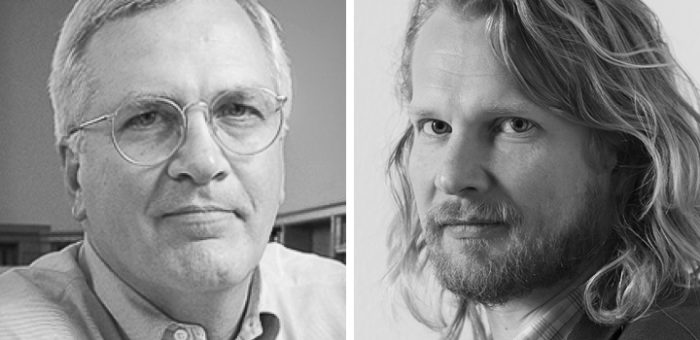Fantastic Futures

The world of today looks more and more like the science fiction of yesterday.
In a time where artificial intelligence, humanoid robots and technology implants direct into humans are no longer speculation, but scenes from our everyday life, we are facing enormous potential progress, but maybe also just as enormous potential danger. It opens the greatest philosophical questions for new consideration, what is a human being?

What distinguishes us from advanced machines? Do humans have a core that technology never can replicate? But at the same time, it also poses new questions. Why, for instance, does the technology of today look so much like the science fiction of the past? Do we mimic the fantastic futures of the past when we form our scientific progress and innovations, or is it the contrary, that science fiction has had so much science in it that it showed a future bound to happen?
In a time where the magic of movies like Avengers and Blade Runner has to compete with the realism of the technology laboratories of Silicon Valley, the National Library of Norway will spend half a year showing, debating, and depicting the fantastic futures of the past and present.
The Fantastic futures-conferences, which takes place in Oslo december 5th 2018, is a collaboration between the National Library of Norway and Stanford University Libraries, and was initiated by the National Librarian at the National Library of Norway, Aslak Sira Myhre and University Librarian at Stanford University Libraries, Michael Keller.
Keynote speaches: AI conference
-
Work, Love, Polis. George Zarkadakis
-
Cognitive semantics and information: a new frontier for knowledge economy. Ruggero Gramatica; Ceo of Yewno.
-
Equinor, the language riddle, AI and safety offshore. Jennifer Sampson; Principal Data Scientist, Equinor.
-
Machine learning and inspiration. Christian Boesgaard; lead data scientist at DBC.
-
Computing the classics. Barbara McGillivray; The AlanTuring institute.
Keynote speaches: IIIF conference
-
How libraries can change the human interaction with digital services through cooperation and development of technology. Tom Cramer and Stuart Snydman, Stanford University Library
-
Libraries: Past, Present and Future via IIIF. Sara Brumfield; Software engineer. Partner, Brumfield Labs.
-
The magic of online maps. Petr Pridal; Klokan Technologies
-
How to utilize IIIF when building a national library. Sonia Wronkowska; on how the polish national library has adapted IIIF when building their new digital library Polona 2.0
